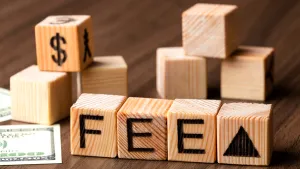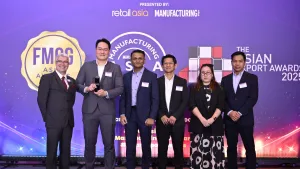Combatting and overcoming complex Asian supply chain issues
By Dr Maya NatarajanEven before the pandemic, Asian supply chains were already vulnerable to major disruptions: a surge in players and subcontractors, international trade disputes, natural disasters, and political upheavals. The pandemic has added even more risk and uncertainty, severely impacting production capacity and logistics routes, with goods manufactured in Asia particularly affected by stronger demand.
Manufacturers, distributors, and logistics companies need a more robust, scalable approach to deal with supply chain complexity. They need to be able to manage vast amounts of data and comply with ever-changing regulations as they try to improve resilience. And they need to do this while winning back consumers and their confidence and trust, as well as maintaining sustainability and social responsibility standards.
Bridge data silos and unlock new value of data
The vast complexity of global supply chains makes it extremely difficult to get visibility and consider short-term and long-term scenarios. With so many different links in terms of sources, suppliers, and routes, supply chains are highly multi-dimensional networks and cannot be easily represented by traditional software and databases in the form of rows and tables.
Graph databases have a key role to play in unlocking this complexity. A knowledge graph stores data as links and nodes. It bridges data silos and creates a holistic view of the entire supply chain ecosystem, allowing for much better management, analysis, and visualisation of data. All different products, components, suppliers, and facilities are tracked. Most importantly, the relationships between them - the dependencies - are tracked. This enables a "digital twin" to be constructed and builds long-term resilience.
Be agile and ready for the next wave of disruption
Agility is critical for supply chain resilience. Whether that’s being able to source components from different suppliers, plan alternative shipping routes, or make any other urgent changes to production and logistics. When faced with an emergency, such as a shortage of critical parts and materials, or a blocked shipping route or closed port, manufacturers need to know what other options are available and divert to them as soon as possible.
With a knowledge graph, manufacturers and suppliers can ask these questions and carry out impact analysis. As researchers from the University of Cambridge noted, a knowledge graph “enables complex multi-hop queries to be made, such as ‘which gear manufacturer supplies to one of my suppliers?’”. Questions may be specific: “How many assemblies depend on a product?” or broader: “What are the points of failure in our network, and what is the impact of that failure?”
Harness data-driven processes for better decision making
A Bill of Materials (BOM) is the ideal example of a graph use case in manufacturing. Many organisations in Asia are still using Product Lifecycle Management (PLM) systems to manage BOM. But these systems don’t typically allow for accurate and strategic decision making. They can’t answer a question such as: “What are all the different components shared by Product A and Product B that are used in production in our Vietnam plant?"
A knowledge graph can answer this. More complex and useful queries can be made using graph analytics algorithms, such as: "If my main supplier for component Y is affected by delays, what other suppliers are there, and how quickly can they ship replacement components?"
With its analytical and predictive power, knowledge graphs enable a response to three key manufacturing industry challenges:
- The optimisation of flows: will the factory deliver the products on time?
- The identification of vulnerabilities: impact in case of containment, labour shortages and shipment rates
- The guarantee of operational continuity: will production meet customer needs?
The more complex a supply chain is, the more vulnerable it is. Supply chains aren’t going to get simpler, but the way they are managed can become more powerful and more accurate, leading to better resilience. Deloitte observes that 79% of companies with a robust and high-performing supply chain outperform their average peers in terms of higher revenue growth.
By mapping networks and potential risks, a much more proactive approach can be taken to risk management. Knowledge graphs have immense analytical power to do this and can significantly help supply chains in Asia to weather disruptions and mitigate issues.
















